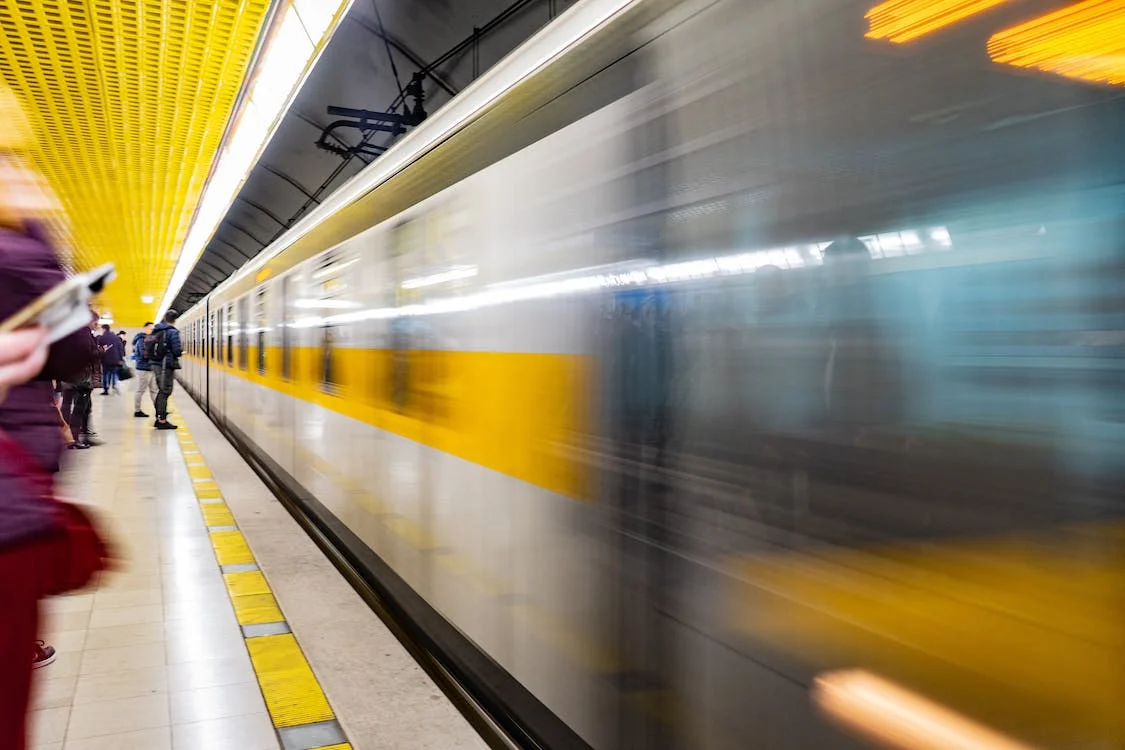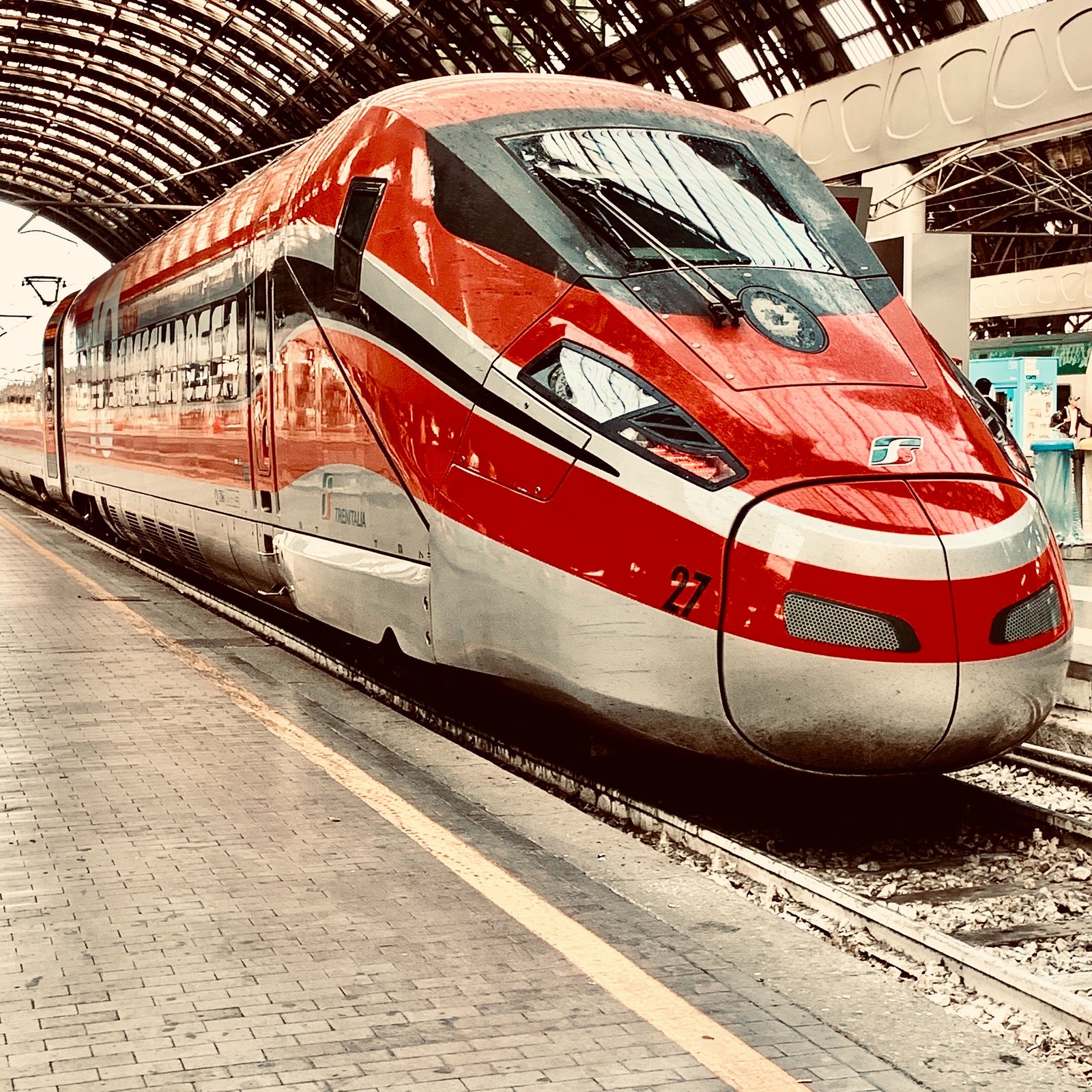
Introduction to Hyperloop:
Hyperloop is a proposed transport technology system, which promises
Hyperloop promises to transport passengers at incredible speeds, reaching up to
around 1200 kilometers per hour, significantly reducing travel time between distant
cities.
What is Hyperloop:
Hyperloop Technologies is a visionary transportation concept that
aims to revolutionize travel by proposing a high-speed, sustainable mode of transportation.
It envisions passenger pods propelled through vacuum tubes at incredible speeds, reshaping the way we commute and connect.

History of Hyperloop :
Hyperloop is inspired by Elon Musk’s whitepaper on the Hyperloop concept.
Since its inception, it has brought together a global network of engineers, innovators, and experts to develop and advance the technology.
Important milestones include the construction of the first full-scale
passenger capsule and the signing of agreements with various governments and
organizations to explore implementation possibilities.
How Hyperloop works:
Hyperloop operates on the principle of magnetic levitation (maglev) and
reduced air pressure in a tube, allowing for high-speed travel with minimal friction.
Passenger pods are propelled using electromagnetic forces, gliding through the vacuum
tubes, eliminating air resistance, and enabling efficient transportation.
During any vehicle movement, it encounters air friction.
Now, if we can create a place, which has vacuum, vehicle will not face any friction.
In hyperloop, it is envisaged that a long-covered tunnel or pipe will be created. This pipe
will have very low air pressure.
Within this pipe, there will be pods, in which human can sit.
Inside walls of this pipe will have horizontal and vertical coils. By passing current, we
can create electromagnetic field.
Bottom of the pod and the bottom of the pipe will maintain same magnet poles. That
way, they will repel each other, and pod will sort of hang in the air. Coils, which are used
in this process are called levitating coils.
Similarly, magnets of different side will propel the pod to move forward, in horizontal
direction. Coils, which are used here are called propelling coils.
Here, retractable wheels are also fitted. Once the wheels are retracted into the body, it
helps in gliding the vehicle in forward direction.
To stop the vehicle, current through levitating and propelling coils is stopped.
Hyperloop is a proposed high-speed transportation system using sealed vacuum tubes
and magnetic levitation.
One should note that Maglev is an existing technology using magnetic levitation for
trains. Here, powerful magnets are used to levitate a train above a track.

What is Magnetic Levitation:
Each magnet has two poles. In magnet, while opposite poles attract, similar poles repel.
This attraction as well as repulsive property is used in Maglev trains.
Here, an object is suspended in the air with no support other than magnetic fields. The
magnetic fields are used to reverse or counteract the gravitational pull and any other
counter accelerations.
With this, it can create frictionless, efficient, far-out-sounding technologies.
What is an Electromagnet:
It is a type of magnet that is created by running an electrical current through a wire.
When electricity flows through the wire, it creates a magnetic field around it.

Features of Hyperloop Technology:
Maglev Technology: Hyperloop utilizes magnetic levitation to suspend the pods,
minimizing friction and enabling faster speeds.
Vacuum Tubes: The low-pressure environment inside the tubes reduces air resistance,
enabling the pods to travel at high velocities with minimal energy consumption.
Sustainable Infrastructure: Hyperloop systems are designed to be powered by
renewable energy sources, making them an eco-friendly transportation solution.
Advantages Of Hyperloop:
1. High Speeds: Hyperloop has the potential to revolutionize travel, allowing people
to reach their destinations at unprecedented speeds, reducing travel time
significantly.
2. Energy Efficiency: Hyperloop’s use of renewable energy sources and its efficient
design result in lower energy consumption compared to conventional
transportation methods.
3. Reduced Congestion: Hyperloop systems have the potential to alleviate traffic
congestion in densely populated areas by offering an alternative mode of
transportation.
4. Sustainable Solution: Hyperloop systems are designed to be environmentally
friendly, using renewable energy sources and producing zero emissions, making
them a greener alternative to traditional modes of transportation.
5. Innovative Infrastructure: Hyperloop technology combines magnetic levitation
and low-pressure tubes to create a frictionless environment, allowing for efficient
and smooth travel.
6. Low Maintenance: As there is almost no friction, there is no wear and tear to
various components. This in turns mean, low maintenance cost.

Other technologies related to Hyperloop Transportation Technologies:
Maglev Trains: Maglev trains use magnetic levitation technology similar to Hyperloop
but operate on dedicated tracks instead of vacuum tubes.
Autonomous Vehicles: Autonomous vehicle technology can be integrated with
Hyperloop systems to create a seamless, automated transportation network.
Use Cases of Hyperloop Transportation Technologies:
1. Commuter Connectivity: Hyperloop can transform daily commuting by enabling
people to travel between cities at high speeds, making long-distance commuting
more feasible.
2. Intercontinental Travel: Hyperloop has the potential to revolutionize international
travel, connecting distant countries and continents in a matter of hours instead of
days.
3. Cargo Transport: Hyperloop systems can also be utilized for efficient and rapid
transportation of goods, enabling faster supply chain operations and reducing
delivery times.

Companies Using Hyperloop Transportation Technologies:
1. Virgin Hyperloop: Virgin Hyperloop, a leading player in the industry, has made
significant advancements in Hyperloop technology and is actively pursuing
commercial projects around the world.
2. Hyperloop Transportation Technologies (HTT): HTT is a major contributor to the
development of Hyperloop technology, collaborating with various partners
globally to bring the concept to reality.
3. TransPod: TransPod is a Canadian-based company working on the
development of high-speed Hyperloop systems and has made notable progress
in the field.

Industries using Hyperloop Transportation Technologies:
1. Transportation and Logistics: Hyperloop can revolutionize the transportation and
logistics industry, offering faster, more efficient delivery of goods and reducing
supply chain costs.
2. Tourism and Travel: Hyperloop has the potential to transform the tourism sector
by providing quick and convenient access to popular destinations, opening up
new possibilities for travel experiences.
3. Urban Development: Hyperloop systems can significantly impact urban planning
and development by facilitating easier connections between cities and reducing
the need for sprawling infrastructure.
Hyperloop technology can be utilized in industries such as healthcare (facilitating faster
medical supply transportation), event management (enhancing accessibility to venues),
and disaster response (enabling rapid deployment of resources to affected areas).
What Hyperloop Transportation Technologies doesn’t contain:
Hyperloop technology does not include traditional combustion engines, wheels, or tracks
used in conventional transportation systems like cars, trains, or airplanes.
When you should NOT use Hyperloop Transportation Technologies:
Hyperloop may not be suitable for short-distance travel or locations where the construction
of vacuum tubes is impractical or cost-prohibitive.
Additionally, regions with geographical challenges or unstable terrain may pose
limitations to its implementation.
Hyperloop requires lengthy straight rights-of-way for deployment, which is difficult to obtain.
This means, land stretching in a straight line, on which hyperloop track and trains can be deployed.
That may force objects coming in between like forest, buildings etc. to be removed.

How Hyperloop Transportation Technologies will evolve:
As Hyperloop technology continues to advance, it has the potential to reshape the
future of transportation. It may be used for intercity and intercontinental travel,
connecting remote regions, and even transforming space exploration by enabling
efficient transport within celestial bodies.
Conclusion:
Hyperloop Technologies represents a bold vision for the future of
transportation. With its promise of high-speed, sustainable travel, it has the potential to
revolutionize the way we commute and connect. While there are challenges to
overcome, the progress made by companies and the ongoing research and
development in the field indicate a promising future for Hyperloop. As this
transformative technology continues to evolve, it holds the key to unlocking faster, more
efficient, and environmentally friendly transportation systems that could shape our world
in the years to come.

